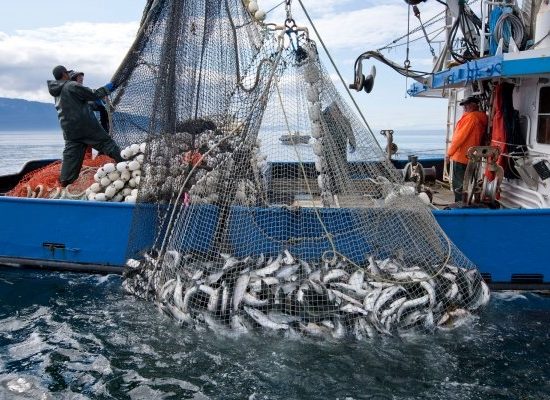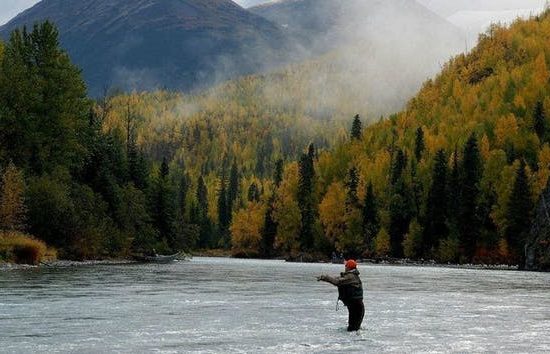Officials in the Canadian province of Alberta say they hope to talk to Alaska leaders about shipping tar-sands crude oil through the state as the Keystone XL pipeline route through the Lower 48 remains bogged down in politics.
The state and Alberta have held no meetings on the idea, which was only recently presented when representatives of Alberta Premier Jim Prentice reached out to Kip Knudson, with the governor’s office in Washington, D.C., to request discussions about the concept, said Grace Jang, Gov. Bill Walker’s press secretary. Jang said in an email Walker looks forward to having a discussion about finding “energy transportation synergies” between Alaska and its Canadian counterpart.
“Gov. Walker welcomes all constructive dialogue on growing Alaska’s economy, and looks forward to sharing experiences with another world-class energy-producing region,” the statement said.
Prentice said getting oil to Alaska in a pipeline is “technically feasible,” with a route following the Mackenzie River valley in northern Canada and crossing through the Northwest Territories and Yukon before heading into Alaska so the oil can eventually reach a port. Uncertain, however, is whether the idea is economically possible, Prentice told the news agency.
Gunnar Knapp, director of the University of Alaska Anchorage’s Institute of Social and Economic Research, said getting that oil to Alaska would likely face years of obstacles, including environmental and political resistance. Excessive costs could also make the project uneconomic if oil prices are not high enough. “I wouldn’t run out just yet and start the party,” he said. But it’s good to be open-minded, now that the globe is oversupplied with oil, especially in the Lower 48.
Via adn.com
image credit columbian.com
See Related Story:
While the debate continues over approval of TransCanada’s Keystone XL pipeline, traders are quietly setting up alternative routes to ship Canadian oil sands production from U.S. ports. At least five rail-to-marine projects have been proposed in the state of Washington that would allow the export or domestic shipment of more than 500,000 barrels of oil a day. A terminal in Oregon is already operational and is being upgraded to handle vessels that carry more than 300,000 barrels of crude. via arcticgas.gov










